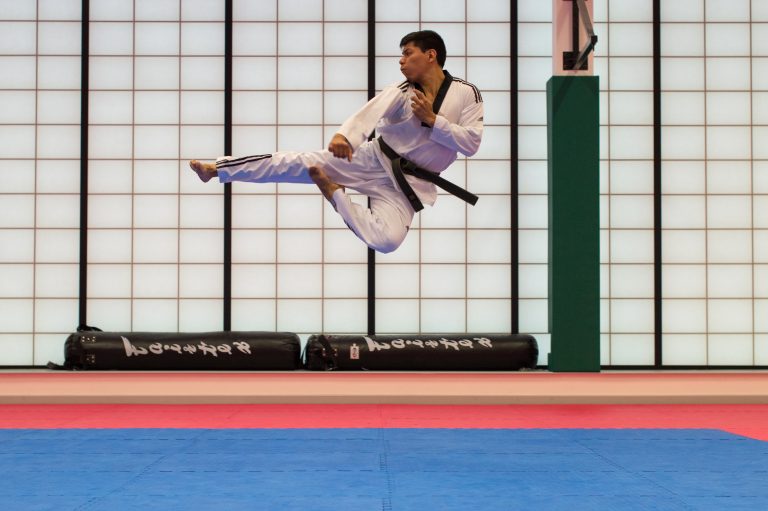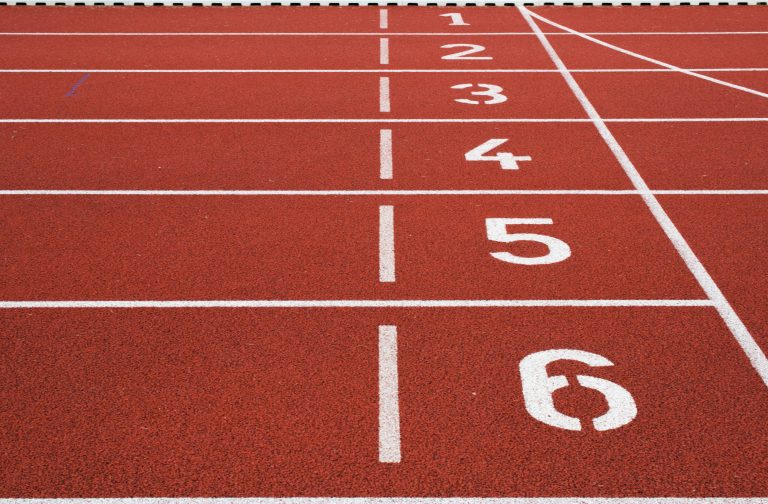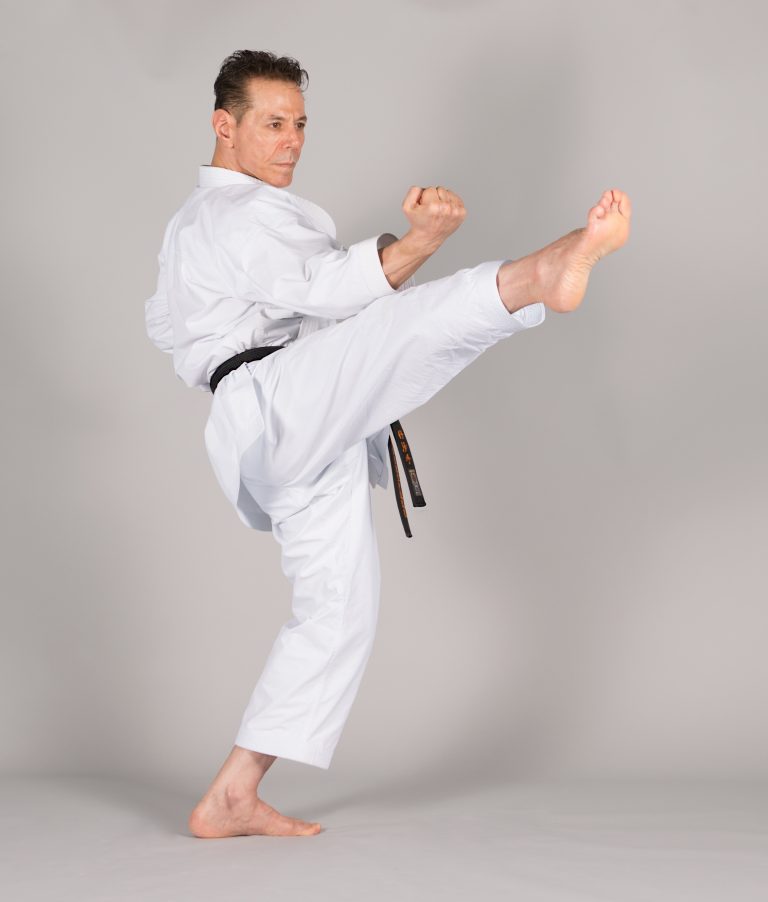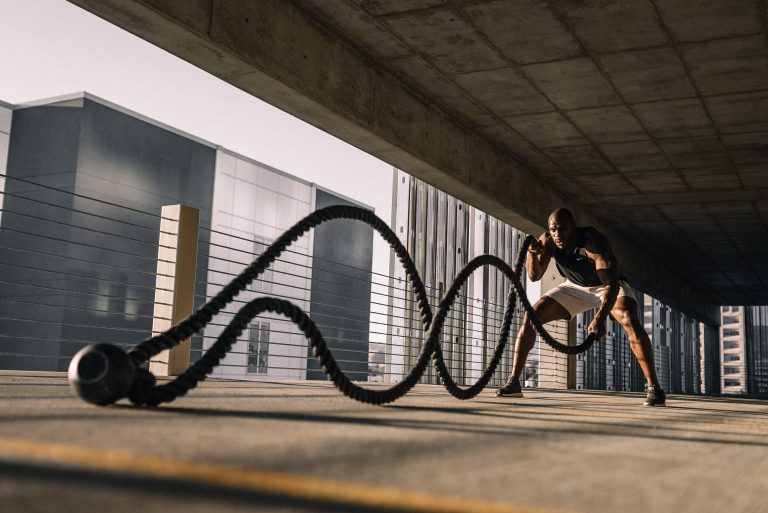What is the Difference Between Traditional and Modern Karate?
Karate is a martial art that has been around for centuries. Originally developed in Japan, it is now practiced around the world and is one of the most popular martial arts. With so many different styles and branches, it’s easy to become confused about what karate entails. In this blog post, we’ll be exploring the differences between traditional and modern karate to demystify the sport and help you better understand what karate has to offer.
The term “karate” is a combination of two Japanese words: “kara” meaning empty, and “te” meaning hand. The term was used to refer to the practice of a martial art using the empty hands for defense and attack, as opposed to using weapons or other tools. The origins of karate are thought to date back to 16th century China, where fighting techniques were developed by Buddhist monks. From there, karate was introduced to Okinawa, where it mixed with local martial arts styles and evolved into what we know today as karate.
Traditional Karate
Traditional karate is the original karate style that developed in Okinawa in the mid-17th century. This style focuses on forms, or “kata”, which are pre-determined sequences of offensive and defensive moves that are practiced solo or with a partner. In addition, traditional karate emphasizes strength and power in strikes and physical conditioning as part of its training. Traditional karate also tends to include rituals and etiquette that have been passed down through generations between sensei (teacher) and student.
Modern Karate
Modern karate has adapted over the last century to incorporate different rules and strategies that allow for more competitive sparring matches between opponents. This version of karate has diverged from traditional kata-based forms and follows a set of rules and regulations for sanctioned matches. Unlike traditional karate which focuses on forms, modern karate emphasizes developing technical skills for sparring matches and improving speed and coordination.
Key Differences Between Traditional and Modern Karate
It’s easy to get confused about the differences between traditional and modern karate, as the two styles have diverged over the years and evolved in different directions. Below we’ve highlighted six of the key distinctions between the two styles:
- Rules & Regulations: Traditional karate relies on the sensei’s judgement during practice and competitions, while modern karate follows a set of rules and regulations established by governing bodies.
- Competition: Traditional karate doesn’t involve competition, while modern karate has a range of tournaments with different categories.
- Focus: Traditional karate focuses on form, spiritual development, and physical conditioning. Modern karate focuses on technical technique for sparring and competition.
- Attire: Traditional karate practitioners typically wear white uniforms, and modern practitioners usually wear a range of colors.
- Tradition: Traditional karate focuses on old traditions and rituals, while modern practitioners tend to shun traditional aspects.
- Techniques: Traditional karate relies on powerful strikes, while modern technique often uses a more economical approach with less energy expended.
Which Style of Karate is Best for Me?
The answer to this question really depends on your personal goals and desired outcomes from your martial arts practice. If you’re interested in developing your spiritual skills and connecting to the tradition and rituals associated with traditional karate then this might be the style for you. If you’re looking to compete in tournaments or are interested in sharpening your technical skills for different sorts of sparring matches, then modern karate is likely the better fit for you.
Ultimately the choice about what type of karate to practice is up to you, based on your goals and interests. If you’re still not sure which style is right for you, consider talking to an experienced sensei who can provide guidance and insight into which path might be most suitable.
Conclusion
Karate provides an effective way of developing mind, body, and spirit. There are a number of different styles of karate to choose from, including traditional styles focusing on forms and modern styles emphasizing sparring skills. Before committing to either style it’s important to consider your individual goals to ensure that you select the best style for your own needs. Talk to an experienced sensei if you need guidance deciding which style might be best for your own personal development journey.
Frequently Asked Questions About Traditional Karate
Traditional Karate is one of the oldest martial arts that originated in Okinawa, Japan. It has been widely popularized all over the world and has gained significant recognition as a competitive sport. However, many people still have doubts about its origins, techniques, and benefits. In this blog post, we will answer some of the most frequently asked questions about traditional Karate.
1. What is Traditional Karate?
Traditional Karate is a martial art that was developed in the Ryukyu Kingdom, formerly known as Okinawa. It consists of various techniques such as strikes, kicks, and blocks that focus on both defense and offense. The ultimate goal of traditional Karate is to develop a strong body and mind through constant practice.
2. What is the difference between Traditional Karate and other martial arts?
Traditional Karate is different from other martial arts in terms of its philosophy, techniques, and training methods. Unlike other martial arts that focus more on fighting and self-defense, traditional Karate aims to develop the character of the practitioner through rigorous practice. The training techniques used in traditional Karate involve a lot of conditioning and strengthening exercises, which help build a strong and flexible body.
3. Is Traditional Karate a good form of exercise?
Yes, traditional Karate is an excellent form of exercise. It involves a lot of physical activity, which helps to improve cardiovascular health and endurance. It also involves stretching and strengthening exercises that help to build flexibility, strength, and body awareness.
4. What are the benefits of practicing Traditional Karate?
Practicing traditional Karate has numerous benefits, both physical and mental. Physically, it helps to improve strength, speed, flexibility, and coordination. It also improves cardiovascular health and endurance. Mentally, traditional Karate helps to build self-discipline, focus, and determination. It also helps to develop a strong sense of respect and humility.
5. Is Traditional Karate suitable for all ages?
Yes, traditional Karate is suitable for people of all ages. It can be practiced by children, adults, and seniors. However, the training intensity may vary depending on the age and physical condition of the practitioner. It is always best to consult with a qualified instructor before starting to practice traditional Karate.
6. What equipment is needed to practice Traditional Karate?
To practice traditional Karate, you will need a few essential pieces of equipment. These include a Karate uniform (Gi), a belt (Obi), protective gear like gloves, shin guards, and mouthguard. For training, you may also need focus pads, kicking shields, and heavy bags for practicing strikes and kicks.
7. Is Traditional Karate effective in self-defense situations?
Yes, traditional Karate is effective in self-defense situations. It focuses on both offense and defense, and the techniques practiced are designed to disable or immobilize an attacker. However, it is important to remember that self-defense situations can be complex and unpredictable, and it is always best to avoid confrontation whenever possible.
8. How long does it take to become proficient in Traditional Karate?
The time it takes to become proficient in traditional Karate varies depending on several factors, such as age, physical condition, and training intensity. Typically, it can take anywhere from three to five years to achieve a solid foundation in traditional Karate.
9. Do I need to compete in tournaments to be good at Traditional Karate?
No, competing in tournaments is not necessary to be good at traditional Karate. While competitive events can help to sharpen your skills and provide opportunities to test your abilities against others, they are not essential to becoming a skilled practitioner. The most important thing is to focus on your own practice and strive towards improvement.
10. Can women practice Traditional Karate?
Yes, women can practice traditional Karate. In fact, traditional Karate is suitable for people of all genders and ages. It can be a powerful tool for self-improvement and self-defense, regardless of your gender.
Conclusion:
Traditional Karate is a martial art that has been around for centuries and has been widely popularized all over the world. It offers numerous benefits, both physical and mental, and is suitable for people of all ages and genders. We hope this article has answered some of the most frequently asked questions about traditional Karate and provided you with valuable information on this fascinating martial art.
Inhaltsverzeichnis






